May 21, 2025
PVC tubing is a type of plastic pipe made by plastically extruding PVC resin with the addition of appropriate stabilizers, lubricants, fillers, and other additives. Due to its lightweight nature, high strength, excellent corrosion resistance, ease of installation, and low cost, PVC tubing is widely used across a variety of industries. It is available in both rigid and flexible types, making it a versatile choice for countless applications.Rigid PVC Pipe Features a strong and durable structure, rigid PVC is primarily used in building construction for water supply and drainage systems, as well as for electrical conduit protection. Its robust composition makes it ideal for structural and underground installations.
Flexible PVC Tubing,produced by adding plasticizers to enhance flexibility, this type of tubing is well-suited for applications requiring bendability and ease of handling. It is commonly used in agriculture, food-grade fluid transfer, water lines, air hoses, and various industrial fluid handling systems.
These two forms of PVC materials can also be used together in integrated systems to meet varying operational demands. As the plastic industry evolves and environmental standards rise, modern PVC tubing has been continuously optimized in terms of formulation, structure, and functionality to adapt to ever-changing work requirements.
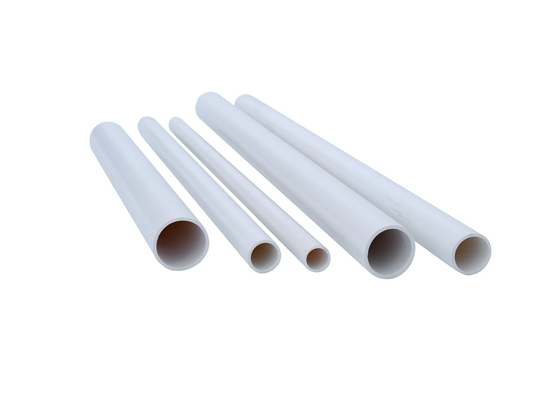
Here are the differences between these two materials that you need to know:
High Mechanical Strength: One of the key characteristics of rigid PVC is its excellent rigidity and strong impact resistance. It can withstand high internal and external pressure, making it ideal for structural and pressurized applications.
Corrosion and Chemical Resistance: Rigid PVC offers excellent resistance to a wide range of acids, alkalis, and salts. This ensures long service life and minimizes maintenance and replacement costs over time.
Superior Insulating Properties: With outstanding electrical insulation capabilities, rigid PVC is widely used in electrical conduit and cable protection systems.
Excellent Flame Retardancy: PVC is a self-extinguishing material—it stops burning once the external flame source is removed, enhancing fire safety in installations.
Low Cost: The raw materials are relatively inexpensive, and the production process is highly efficient. The smooth interior reduces the risk of clogging, and the pipes do not require regular painting or surface coatings.
Non-toxic: PVC does not leach harmful chemicals into water or soil, making it suitable for potable water systems and environmentally sensitive applications.
Environmental Benefits: One of the greatest advantages of rigid PVC is its recyclability. Compared to some other materials, it has a lower carbon footprint, contributing to more sustainable construction and manufacturing practices.
Flexibility: The primary difference between flexible PVC and rigid PVC is its ability to bend, coil, and compress without breaking. This makes it ideal for applications requiring flexibility in tight or complex spaces, such as electrical wiring, medical tubing, and lab setups.
Transparency: Certain flexible PVC tubes can be manufactured with high clarity, allowing for easy visual monitoring of fluid flow. This is especially beneficial in food-grade and medical-grade fluid transfer systems.
Weather and Aging Resistance: With the addition of UV stabilizers and anti-aging agents, flexible PVC tubing can be made to withstand long-term exposure to outdoor environments and elevated temperatures.
Good Abrasion Resistance and Elasticity: Flexible PVC offers excellent wear resistance and elasticity, making it suitable for pneumatic lines, industrial fluid delivery systems and abrasion-prone applications.
Excellent Processability: Flexible PVC can be manufactured through various methods including extrusion, injection molding, calendering, and blow molding. This allows for a wide range of shapes, diameters, and design flexibility.
We not only need to consider the advantages of Flexible PVC Tubing, but also pay attention to its disadvantages.
Poor Chemical and Thermal Stability: Flexible PVC has lower resistance to high temperatures, typically operating best below 60°C (140°F). Under higher temperatures, it can soften or deform. It also exhibits less chemical resistance than rigid PVC, especially in strong solvent or oxidizing environments.
Environmental Drawbacks: Flexible PVC is generally not recyclable through standard Return Polymer programs, which is considered a disadvantage compared to more sustainable materials.
The following are the main types of soft PVC provided by Fokcaflow, which have characteristics such as easy installation, corrosion resistance, and resistance to biological growth. They also have the characteristics of being lightweight, non-toxic, and low maintenance cost as soft PVC pipes.
This PVC hose is a three-layer textile reinforced PVC water pipe, with the inner layer consisting of a PVC inner pipe and a textile woven layer reinforcement structure. In order to further enhance the compressive strength, a textile woven layer reinforcement structure is added to the middle layer, while the outer layer continues to maintain wear resistance, weather resistance, and other characteristics.
PVCB textile reinforced polyvinyl chloride pipes are usually designed with transparency or color to facilitate visual inspection of fluid conditions. Perhaps you already know that they are most suitable for outdoor and agricultural use, including horticulture, agricultural irrigation, general industrial water supply, and more.
The following are other advantages of PVCB textile reinforced PVC pipes:
Strong compressive strength: The woven reinforced structure can withstand moderate pressure.
Good flexibility: easy to bend, install, and roll.
Good corrosion resistance: suitable for transporting water and mild chemical media.
This PCV hose is made by blending and modifying PVC and rubber materials, with high elasticity and strong flexibility. Combining the characteristics of plastic and rubber, it has a smooth surface, internal compression resistance, and can have some UV and oil resistance properties.Here are other advantages of PVCR Rubber Tubing:
Strong wear and tear resistance: suitable for complex or highly mobile working conditions
Good weather resistance and aging resistance: can be used outdoors for a long time
Good elasticity, not easily deformed: able to resist a certain degree of stretching and compression
Wide application: commonly used in air compressors, pneumatic tools, agricultural spray, water air mixed transportation system, etc
This PVC hose is made of high-purity food grade PVC material, which complies with FDA, EU, NSF and other certifications. It is non-toxic, odorless, soft and transparent, and can observe the internal fluid state. It can be used in conjunction with stainless steel joints and can be used in the food processing industry.Here are other advantages of EPVC Food Grade Hoses.
High food safety level: High purity raw materials are selected, free of heavy metal impurities and additives, production process control, compliance with multiple international food grade standards such as FDA CFR 21, EU 10/2011, NSF 51/61, REACH/RoHS, etc., and international standard certification.
Easy to clean and maintain: stable fluid flow rate, minimal pressure loss, and convenient cleaning and rinsing
Good chemical stability: It is not easily degraded, discolored, corroded, or releases harmful substances when in long-term contact with liquids, air, or cleaning agents.
Antibacterial and anti pollution: Due to the smooth inner wall, the fluid is less likely to remain, reducing the chance of microbial attachment and facilitating cleaning and rinsing.
Browse our website for more information on PVC hoses and other pneumatic products.If you are interested, you can contact us directly.
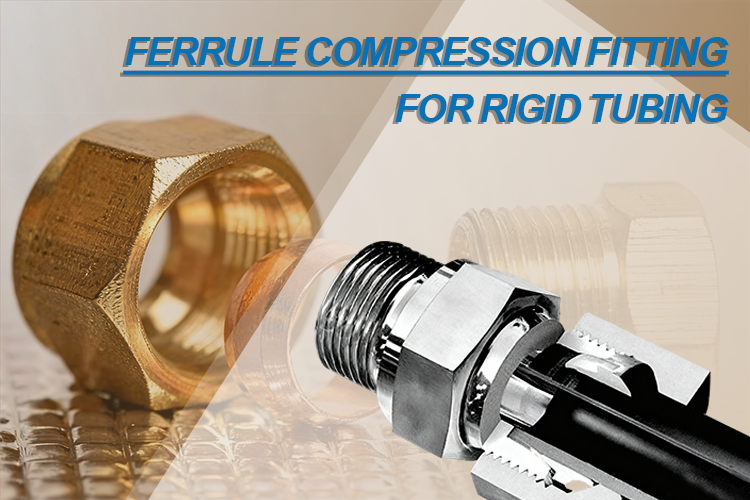 Ferrule Compression Fitting for Rigid Tubing What It Is and How to Choose the Right Connection
Ferrule Compression Fitting for Rigid Tubing What It Is and How to Choose the Right Connection
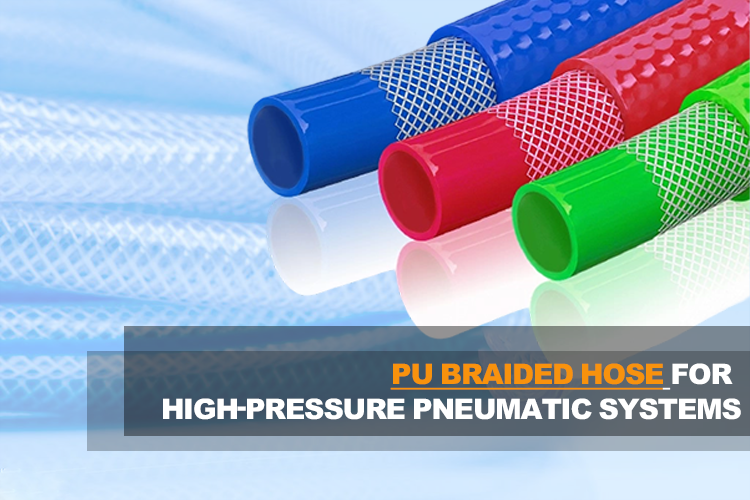 PU Braided Hose for High-Pressure Pneumatic Systems
PU Braided Hose for High-Pressure Pneumatic Systems
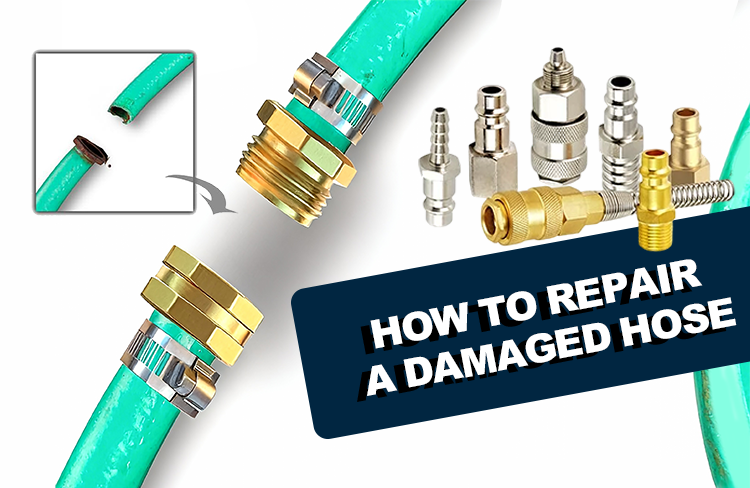 How to Repair a Damaged Hose Using a Hose Mender
How to Repair a Damaged Hose Using a Hose Mender
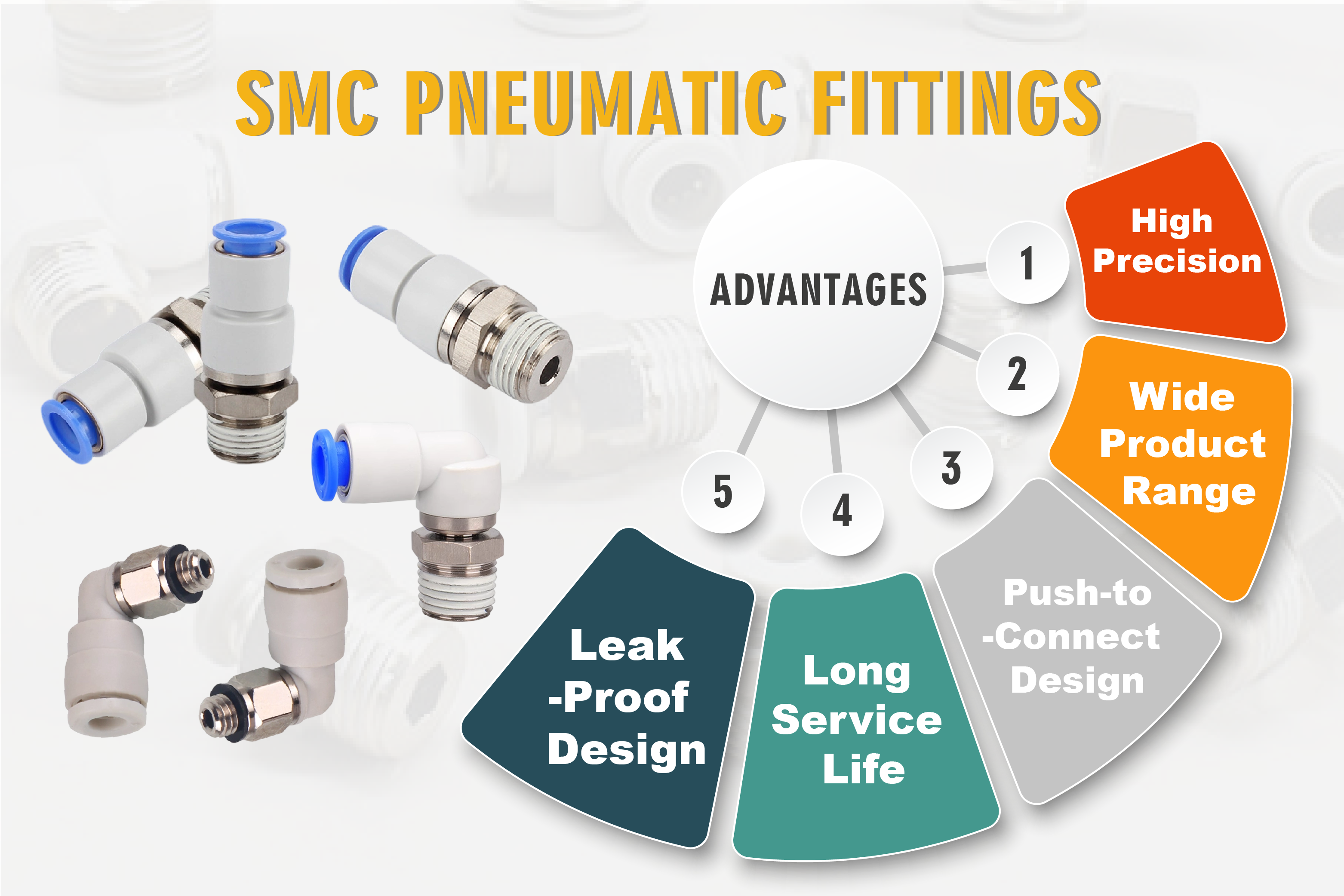 SMC Pneumatic Fittings: What Makes Them Stand Out in Industrial Automation
SMC Pneumatic Fittings: What Makes Them Stand Out in Industrial Automation
 PU Spiral Hose Features: Flexible Tangle-Free and Built for Real-World Pneumatic Work
PU Spiral Hose Features: Flexible Tangle-Free and Built for Real-World Pneumatic Work
You May Interest In
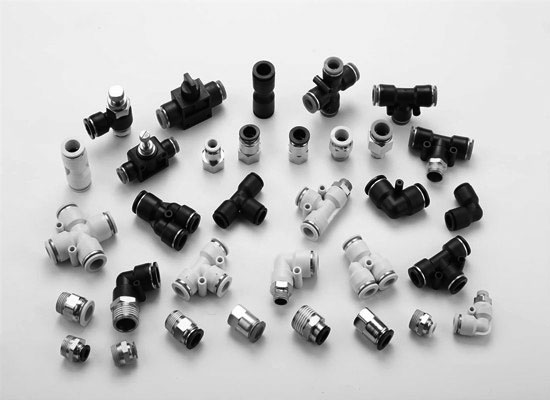
May 07, 2025 Blog
Comprehensive Analysis of Pneumatic Push in Fittings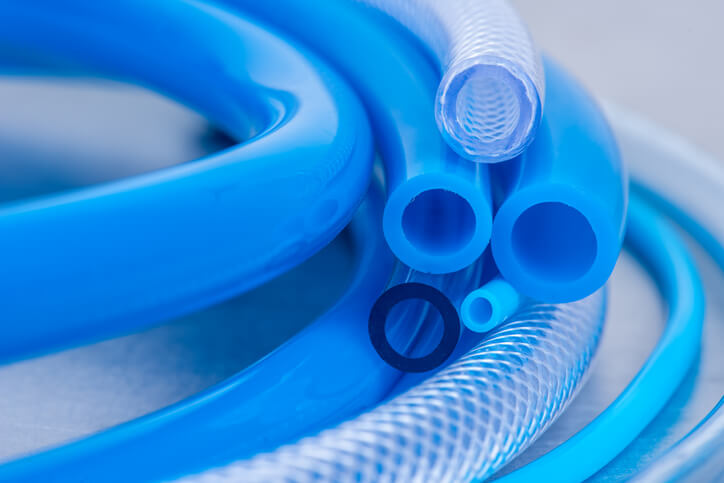
Apr 22, 2025 Blog
Solution for Nylon Tube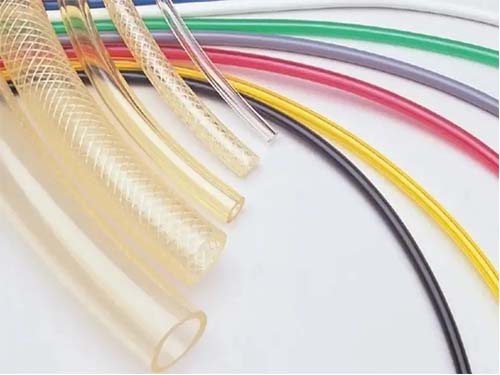
Apr 16, 2025 Blog
PVC Tubing vs. Polyurethane Tubing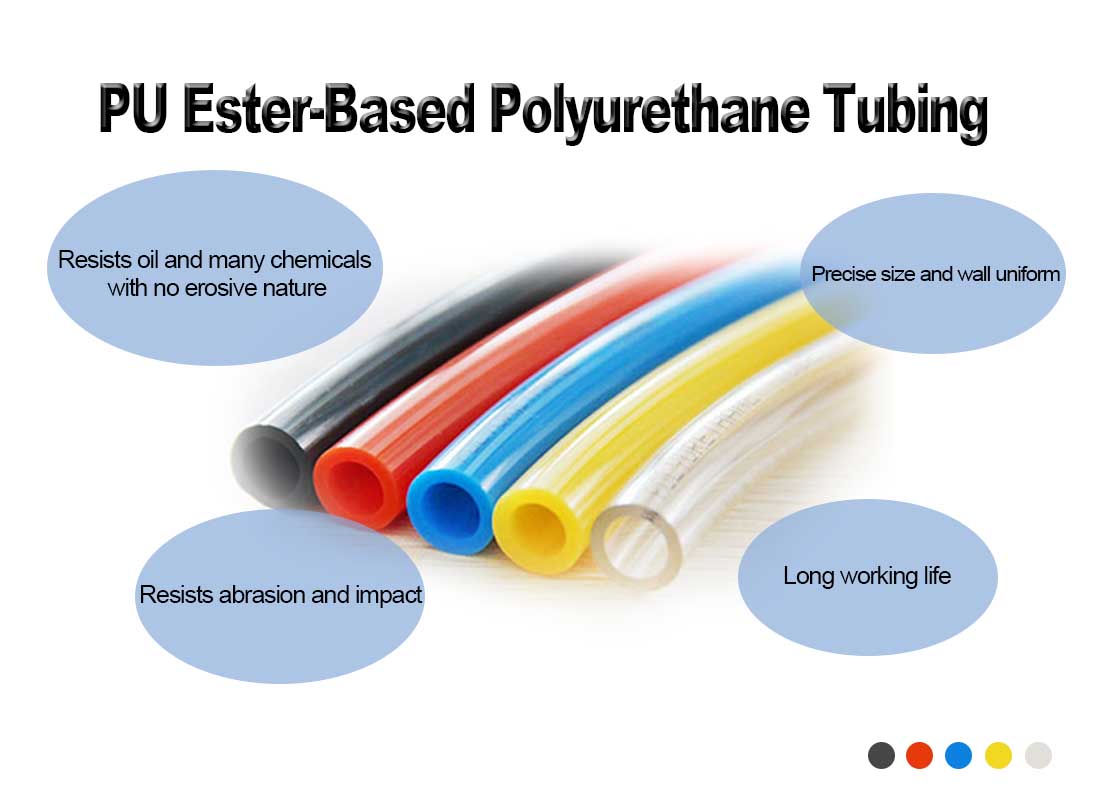
Apr 10, 2025 Blog
What is the difference between pu and pvc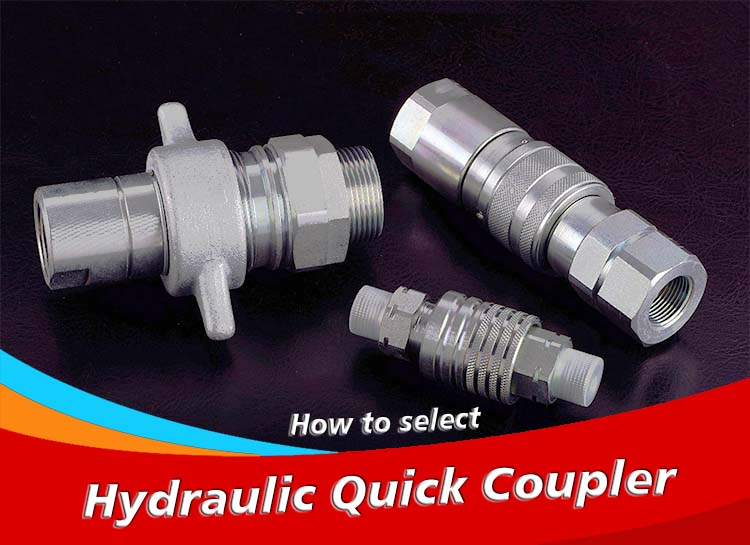
Feb 24, 2025 Blog
How to Identify Hydraulic Quick Couplers?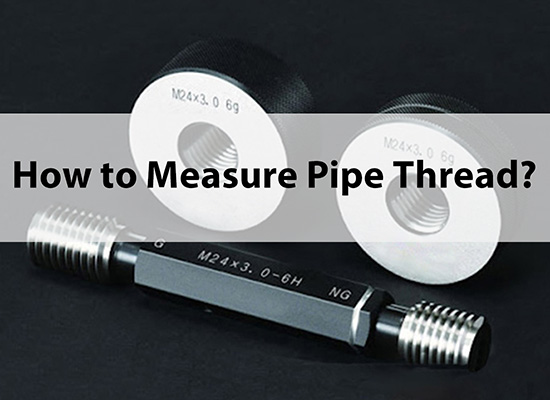
Jan 21, 2025 Blog
How to Measure Pipe Thread?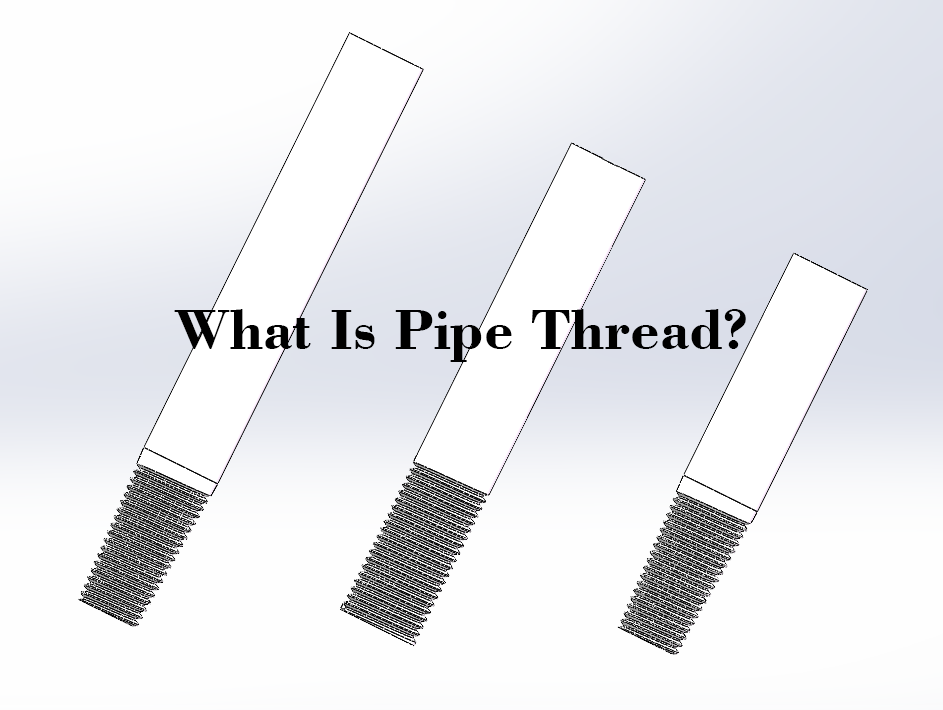
Jan 16, 2025 Blog
What Is Pipe thread?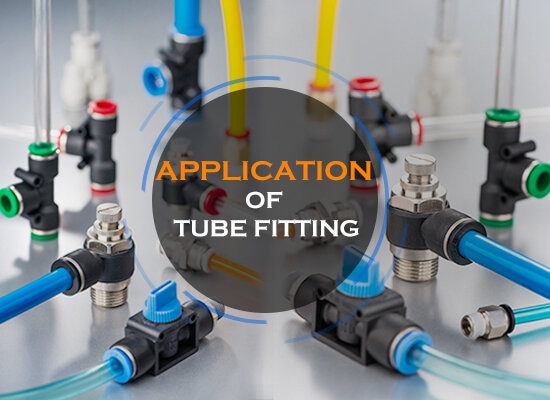
Dec 04, 2024 Blog
Application Of Tube Fitting
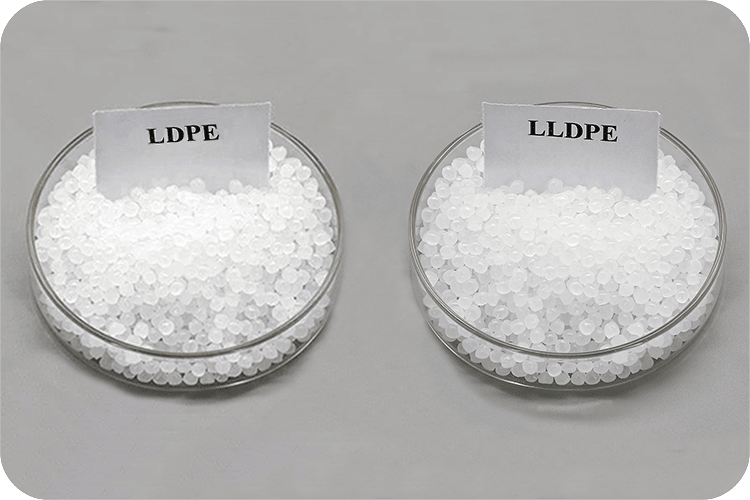
Jun 26, 2023 Blog
What Is The Difference Between LLDPE And LDPE?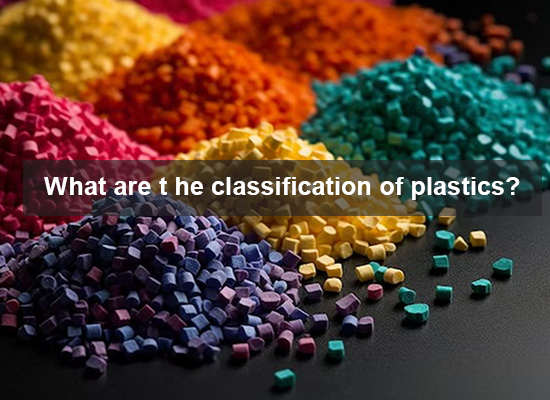
Jan 17, 2023 Blog
What Are The Classification Of Plastics?Links: www.fescolo.com(Pneumatic)
FOKCA ©1998-2025 All Rights Reserved Sitemap